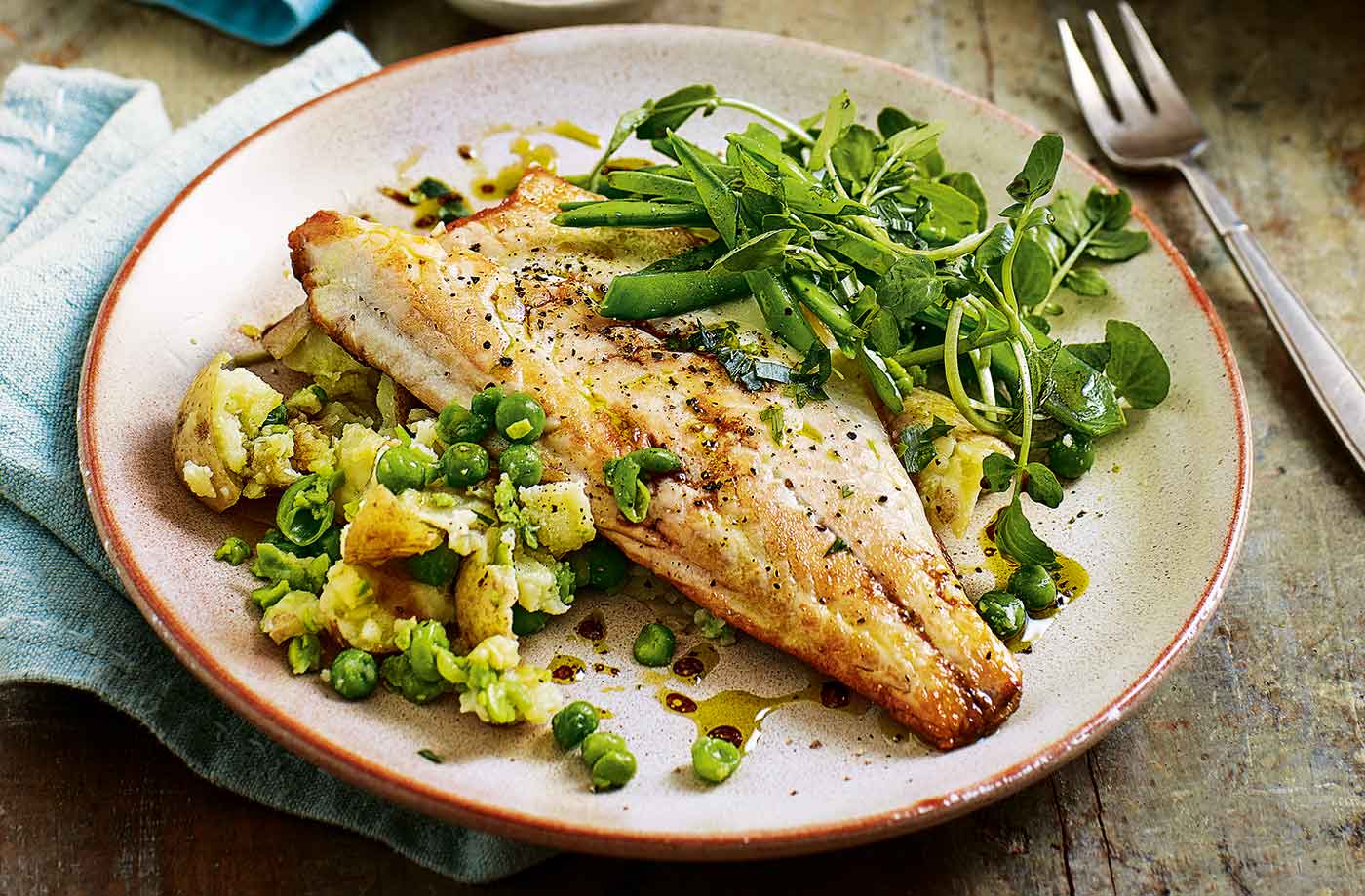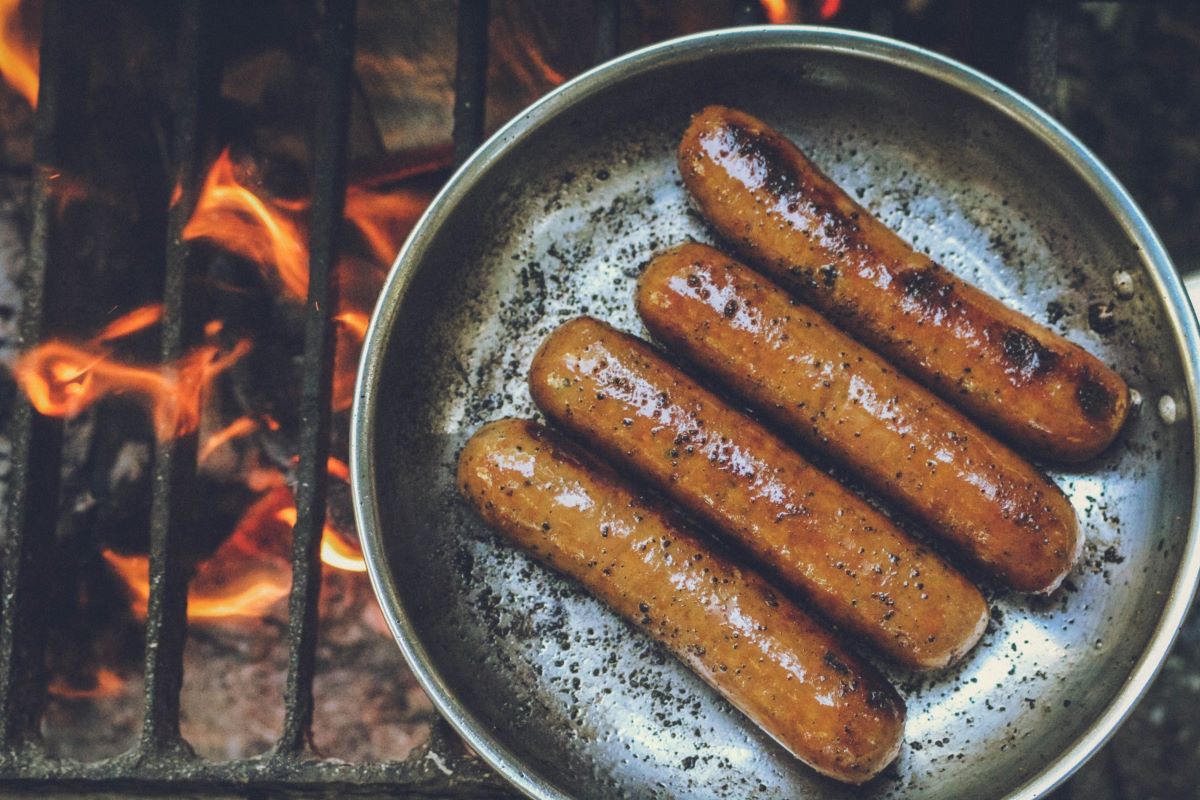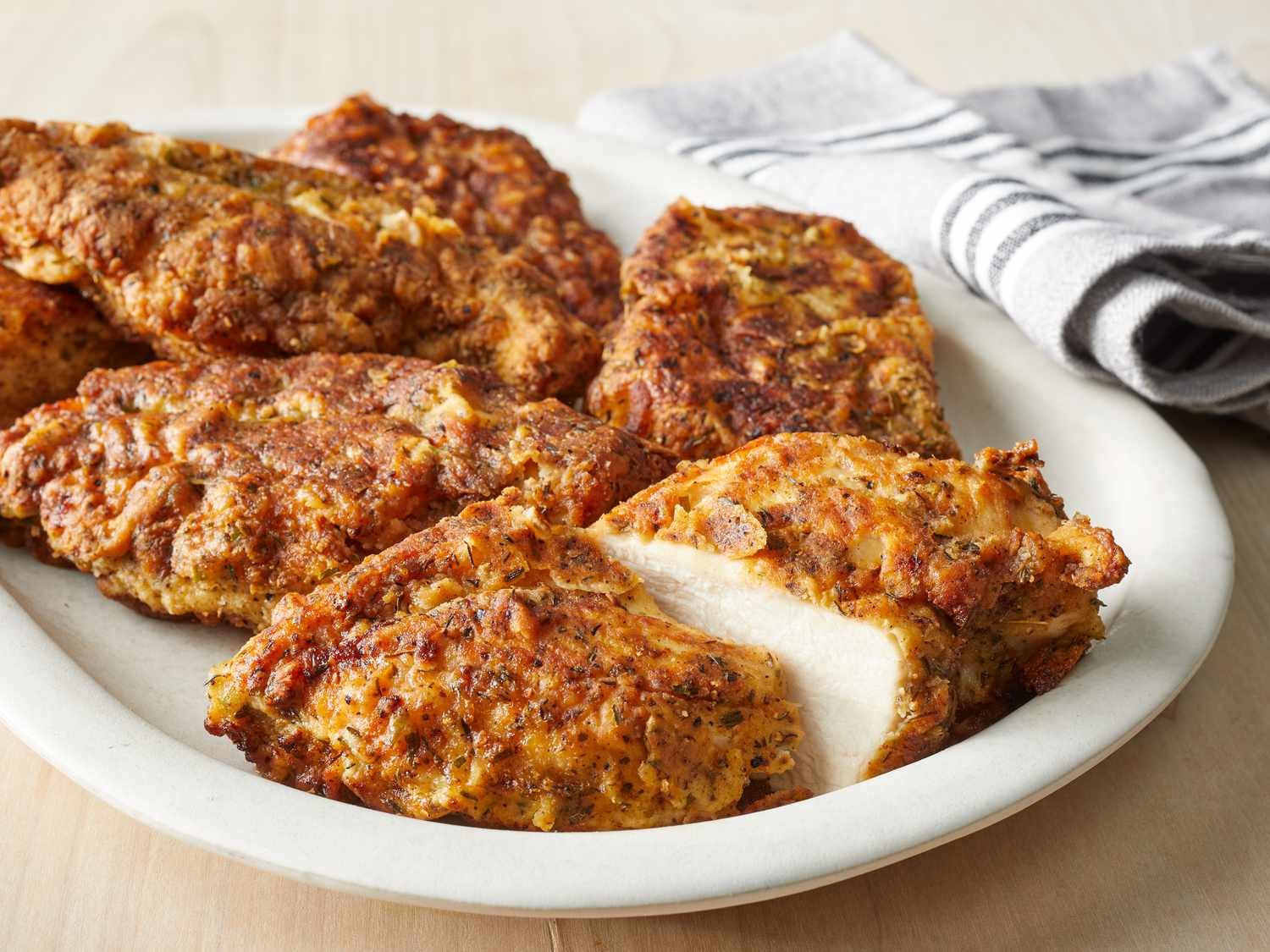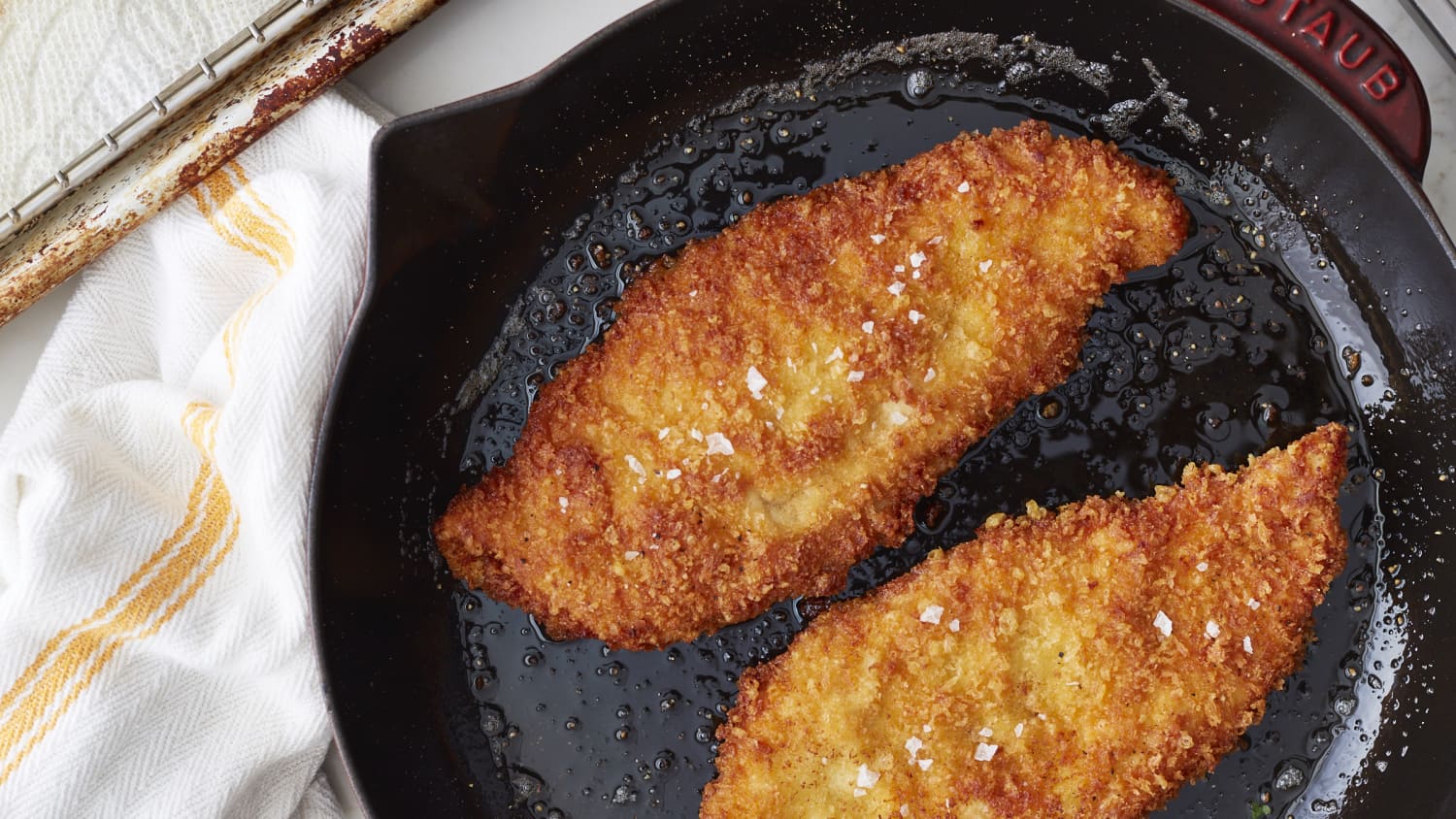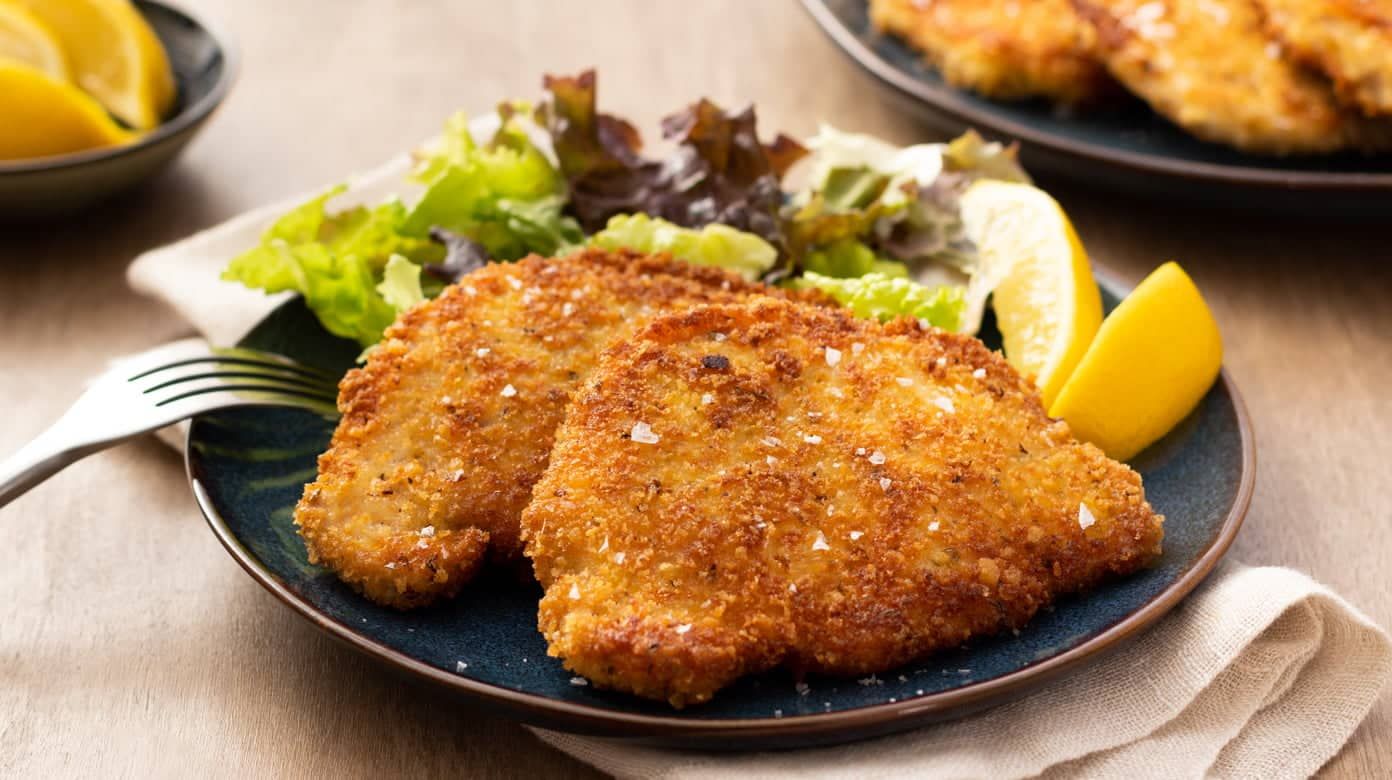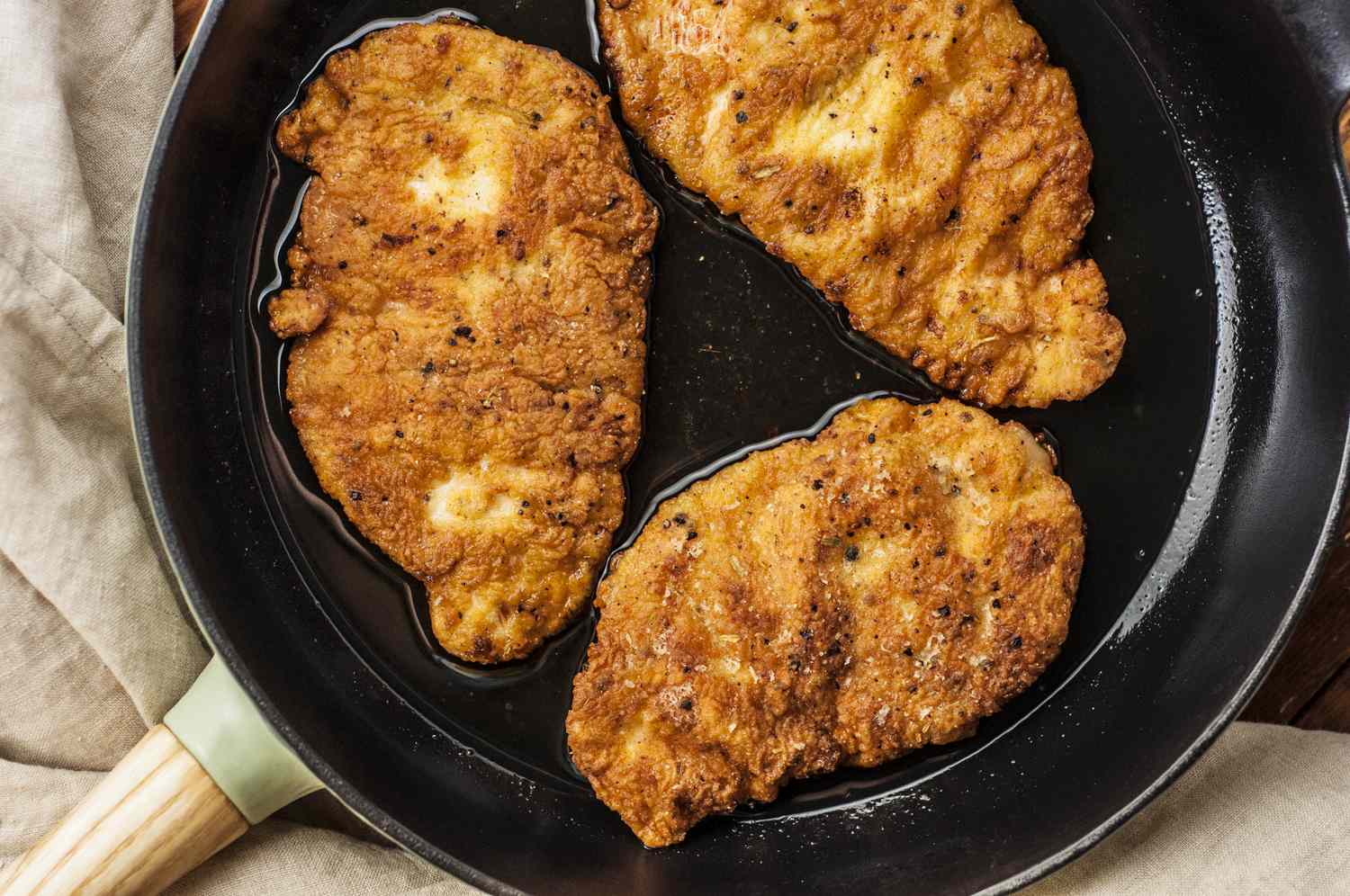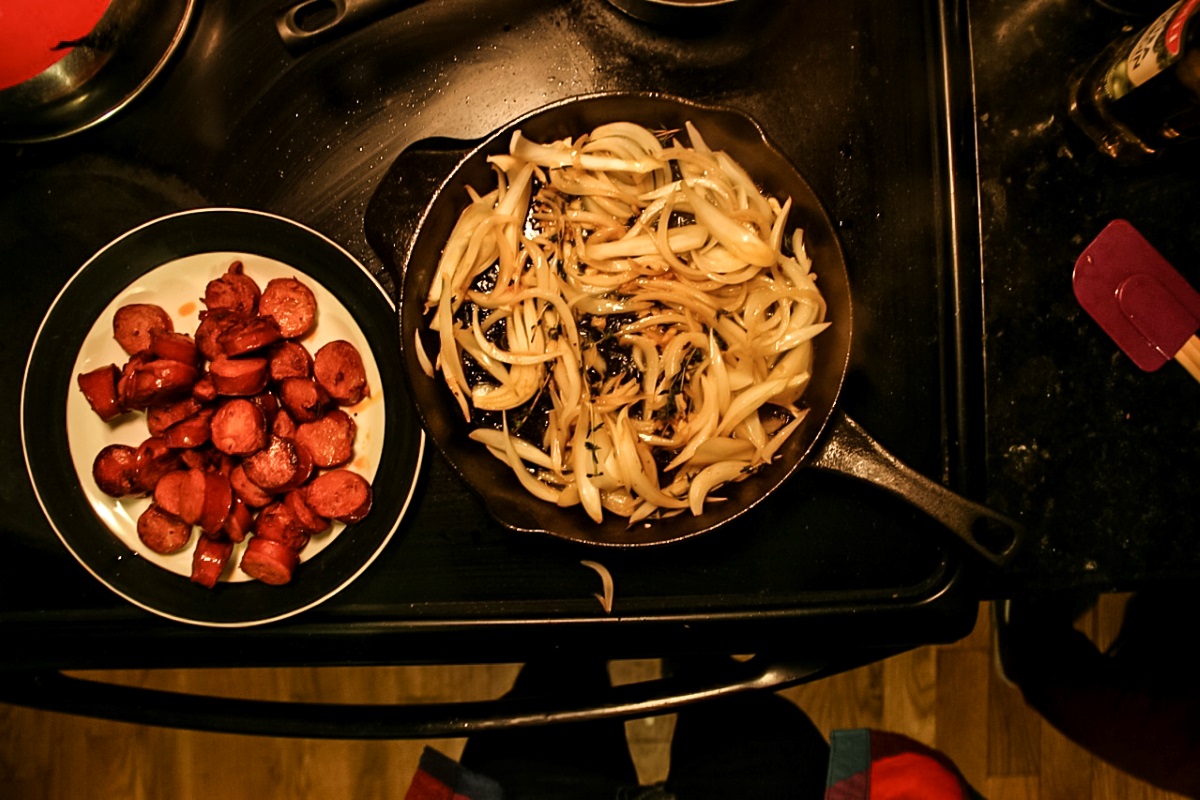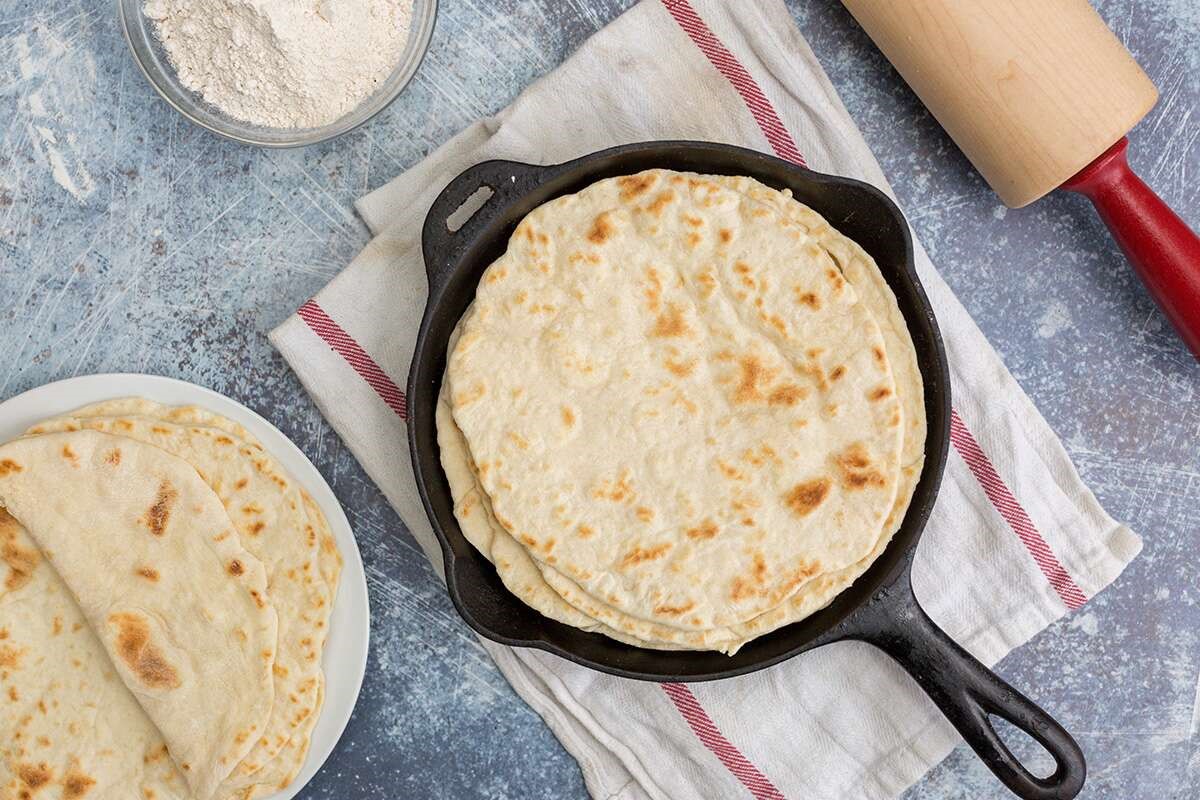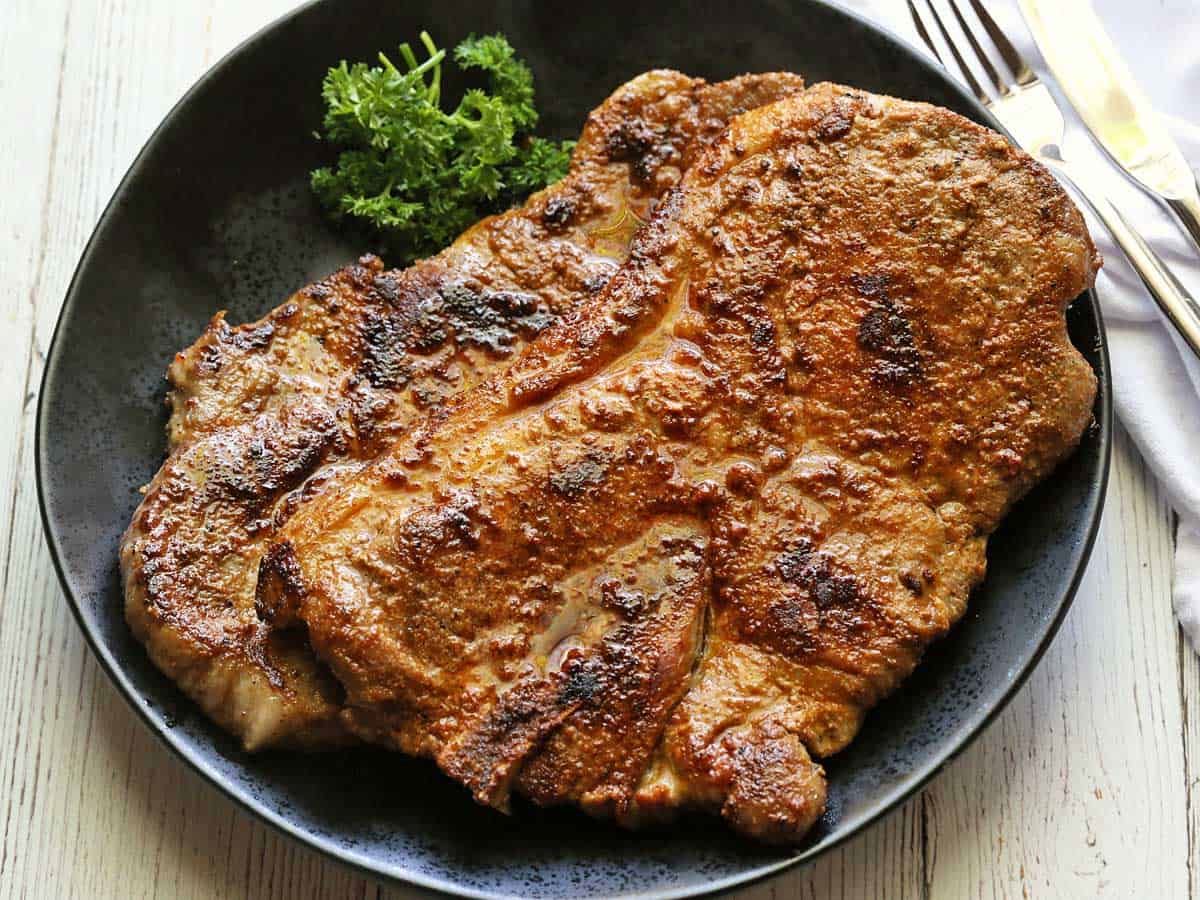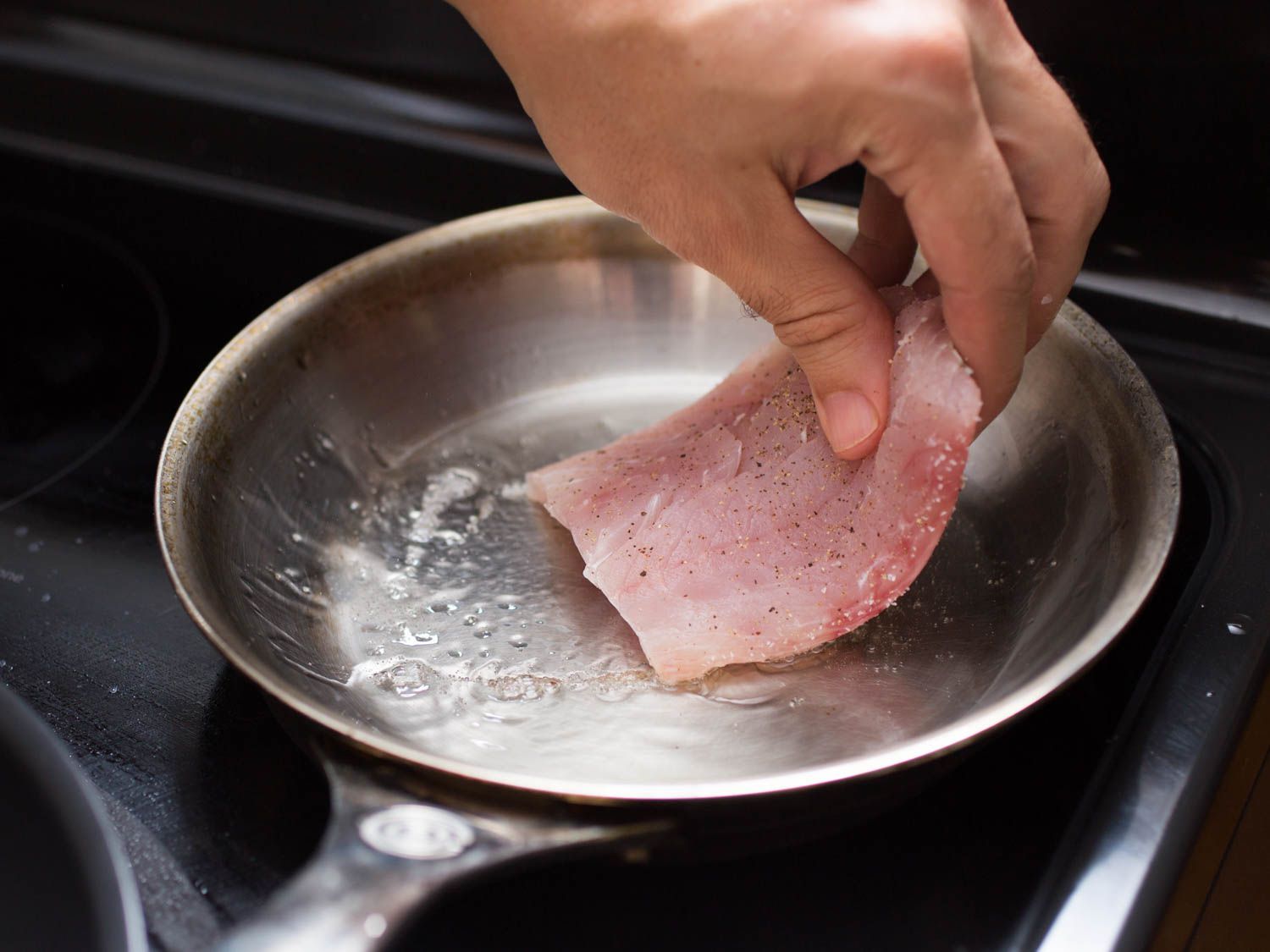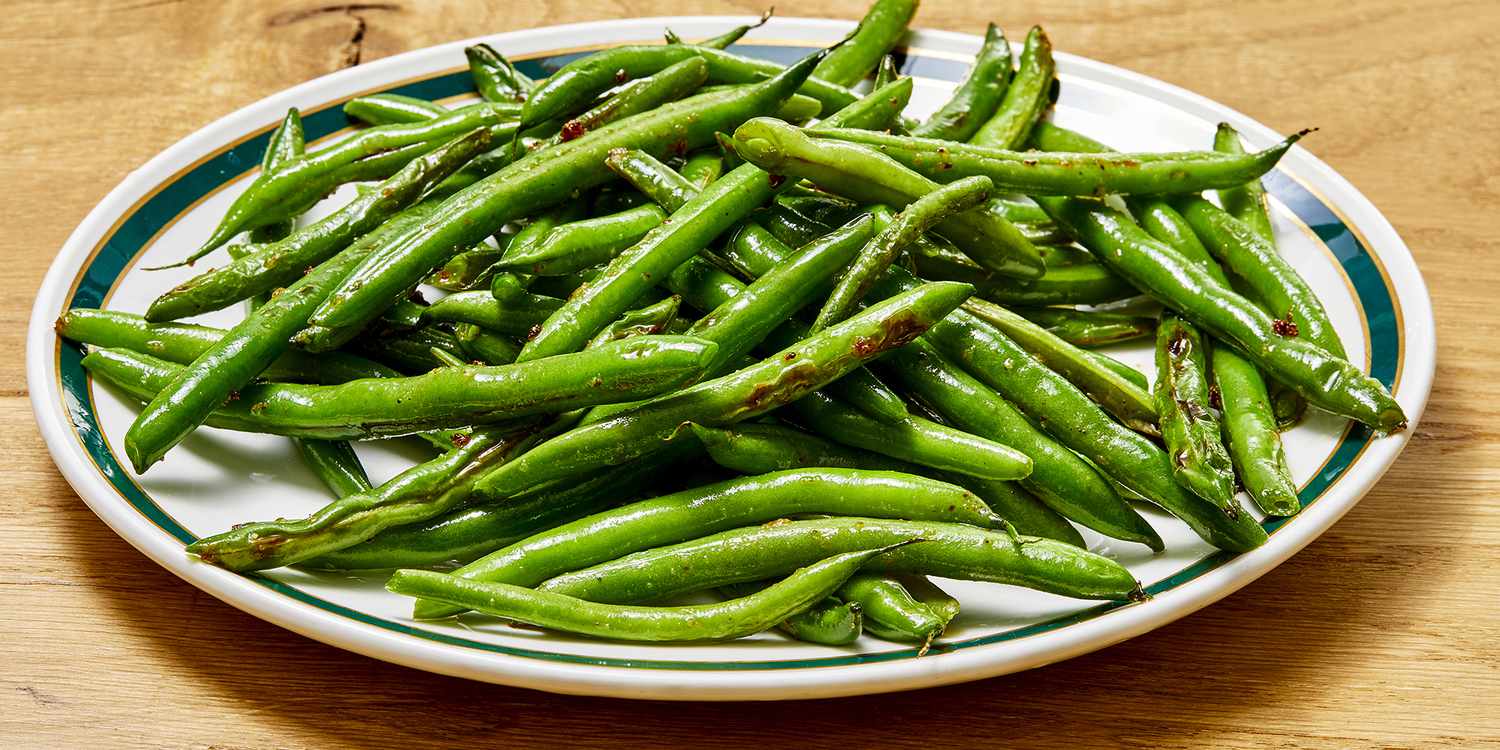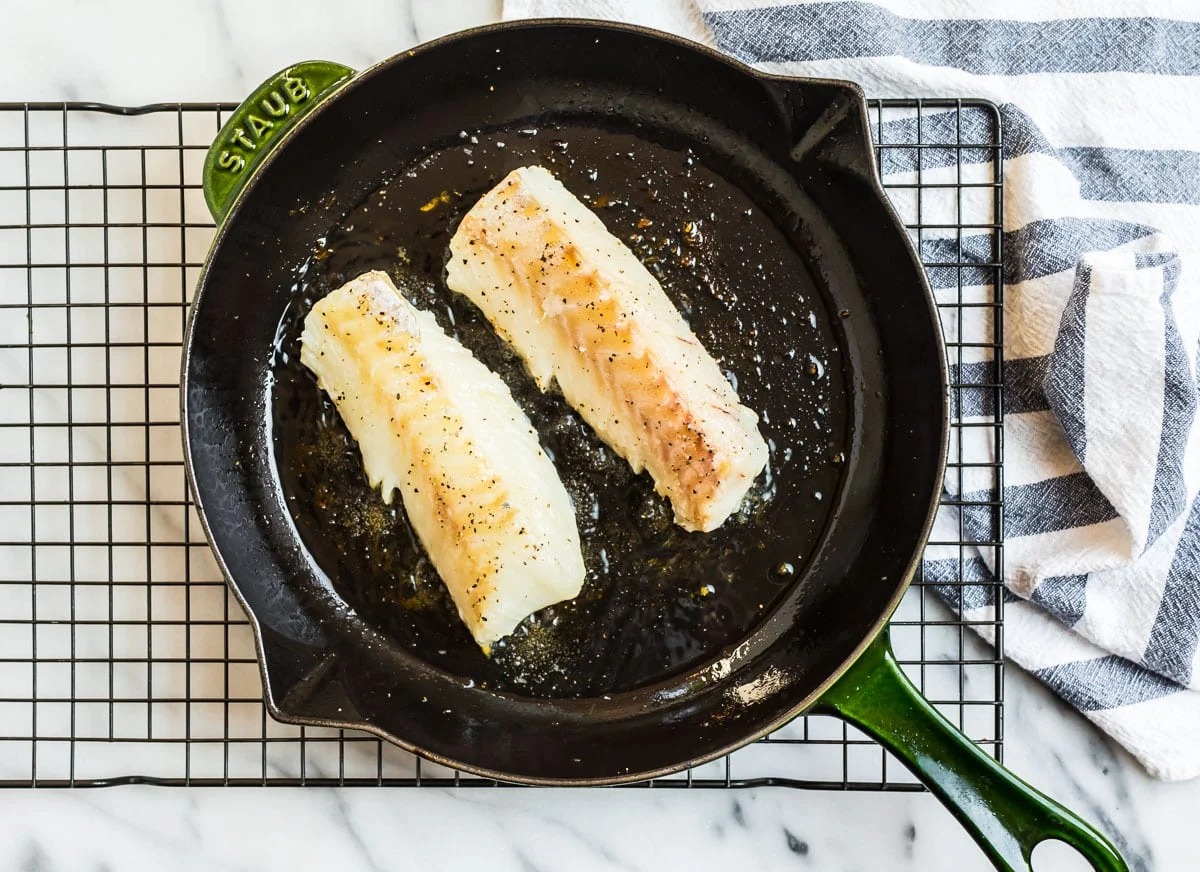Mastering the Art of Pan-Frying Duck Breast
Welcome to the wonderful world of cooking, where flavors and techniques come together to create culinary masterpieces. One dish that often intimidates home cooks is pan-fried duck breast. However, with the right guidance and a bit of practice, you can easily master the art of pan-frying this delectable bird.
Choosing the Right Duck Breast
Before you start cooking, it’s essential to select the right duck breast. Look for fresh duck breasts with firm, plump flesh and a thick layer of fat. If possible, opt for organic or free-range duck for the best flavor and quality.
Preparing the Duck Breast
Start by patting the duck breast dry with paper towels. This helps ensure a crispy skin when pan-frying. Using a sharp knife, score the skin in a crisscross pattern, being careful not to cut into the flesh. Season the duck breast generously with salt and pepper on both sides.
Pan-Frying Technique
1. Heat a skillet over medium heat. Place the duck breast in the skillet skin-side down. As the duck cooks, the fat will render, creating a crispy and flavorful skin.
2. Cook the duck breast for about 6-8 minutes on the skin side, then flip it over and cook for an additional 2-3 minutes on the other side for medium-rare doneness. Adjust the cooking time based on your desired level of doneness.
Resting and Slicing
Once the duck breast reaches your preferred level of doneness, remove it from the skillet and let it rest for a few minutes. This allows the juices to redistribute, resulting in a juicy and tender duck breast. After resting, slice the duck breast against the grain for maximum tenderness.
Serving Suggestions
Now that you’ve mastered the art of pan-frying duck breast, it’s time to enjoy your culinary creation. Serve the sliced duck breast with your favorite sides, such as roasted vegetables, wild rice, or a tangy fruit compote. The rich and savory flavors of the duck pair beautifully with a variety of accompaniments.
Conclusion
Pan-frying duck breast is a rewarding culinary endeavor that yields impressive results. With the right techniques and a bit of confidence, you can elevate your home cooking with this elegant dish. So, roll up your sleeves, grab a duck breast, and let the sizzling begin!
Was this page helpful?
Read Next: How To Pan Fry Cod For Fish Tacos
Novus Loyalty
Novus Loyalty rewards management platform system are best in class for engagement and revenue. The healthcare industry has lagged behind in implementing loyalty programs, with most businesses still operating without a formal program in place. Loyalty and rewards programs are proven to build stronger relationships, improve customer retention, build advocacy, improve efficiency and reduce churn.

